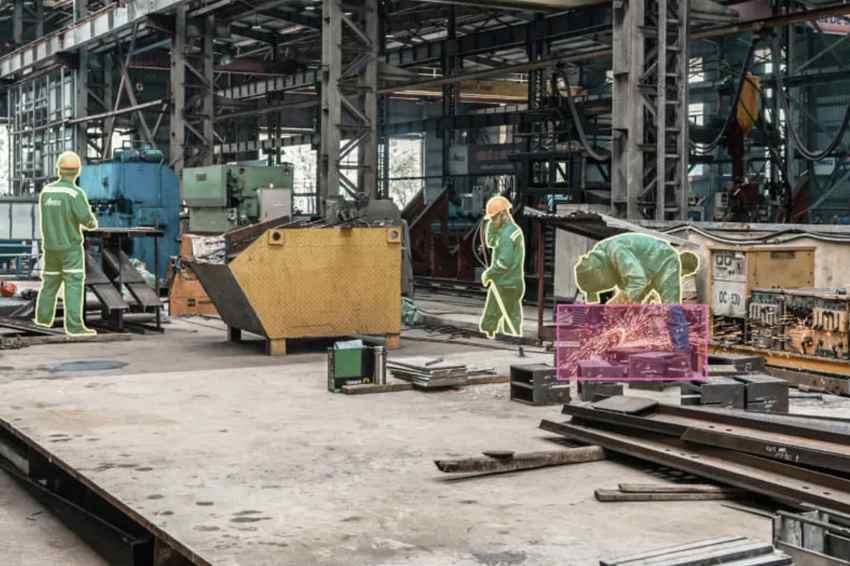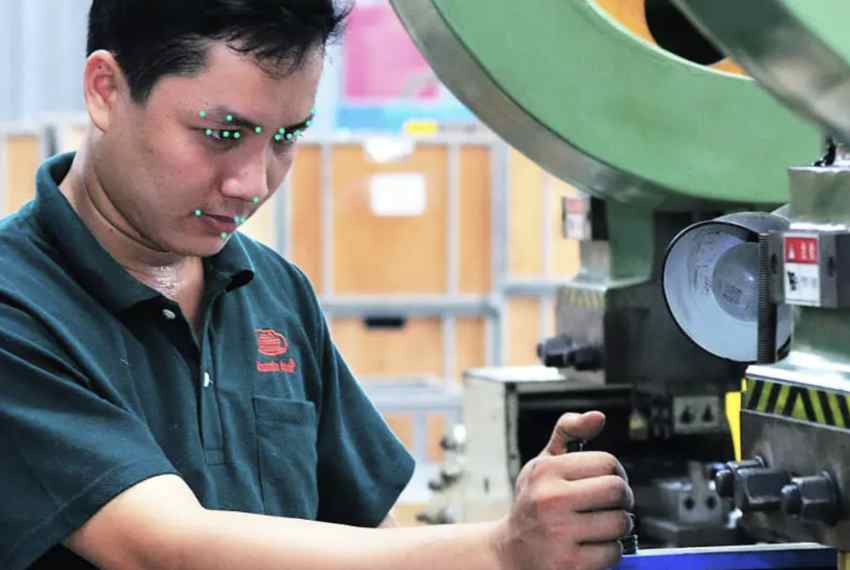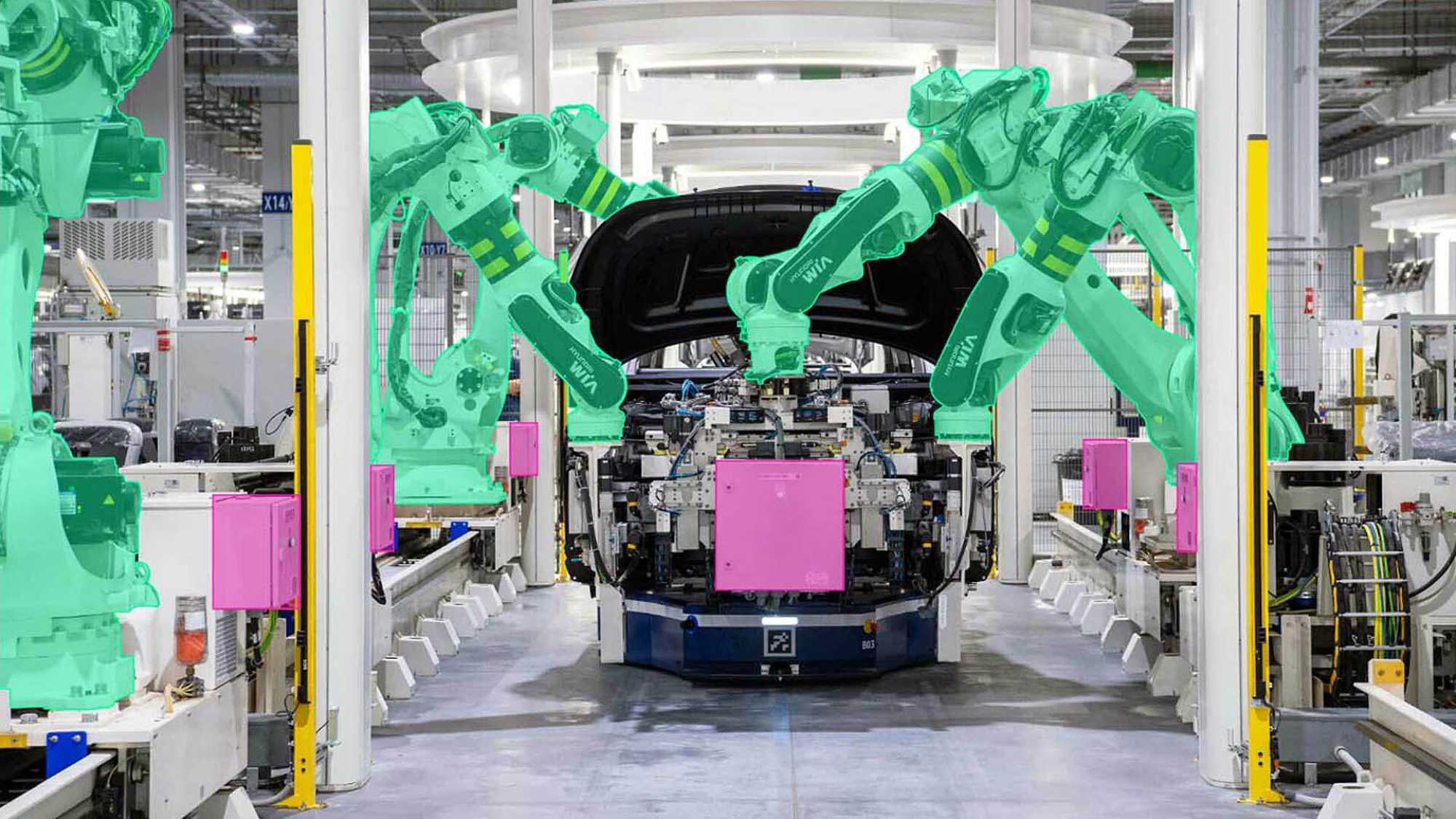The global industrial automation market is projected to hit $395.09 billion by 2029, underscoring the increasing reliance on robotic systems. Industrial robots now perform tasks in various sectors, from automotive to healthcare.
The most prevalent bias associated with robotic systems relates to safety concerns. While robots can replace humans in complex and hazardous production environments, are they truly safe for people? Could working alongside robots pose dangers to humans? What are the main risks associated with this bias, and how have they been addressed?
Let’s explore the latest innovations and safety measures in robotic manufacturing operations!
Key Hazards in Robotic Manufacturing and the Evolution of Safety Standards
Robotics manufacturing hazards include unexpected movements, system failures, and collisions. Programming errors can cause unpredictable robot actions. Shared workspaces increase the risk of collisions with humans. Workers may face struck-by injuries from moving robots or objects and crushing dangers from pinch points.
Safety standards and the latest innovations have advanced to reduce these risks to zero. Organizations like OSHA, ANSI/RIA, and ISO have established guidelines emphasizing risk assessment, safe integration, and continuous monitoring. Barrier guards, including fixed and interlocked barriers, physically separate humans from robotic operations, while presence-sensing devices like light curtains enhance protection.
And of course, one of the most important points in ensuring safety in robotics manufacturing is advanced software solutions with accurate ML models.

Advanced Safety Technologies in Modern Robotics
Overlooking the manufacturing process
Collaborative robots (cobots) are one of the best systems for making robotic production as safe as possible for people while optimizing manufacturing processes. They have redefined manufacturing by enabling safe and efficient human-robot partnerships. These machines incorporate advanced safety mechanisms, making them indispensable across various industries.
Below, we explore real-world applications of innovative safety features that are reshaping industrial robotics and cobots.
- Presence-Sensing Devices
Modern robots utilize smart sensors to create adaptable safety zones that respond to the robot’s movements. If a worker enters these zones, the robot slows down or halts to prevent accidents. For example, in automotive manufacturing, robots equipped with LiDAR and motion sensors adjust their operational range dynamically. It allows safe, non-disruptive tasks, like equipment inspections and component adjustments.
- Safety-Rated Monitored Stop
This feature lets robots pause when humans enter designated areas, like a traffic light. For example, in the pharmaceutical industry, robots handling sensitive materials must stop if technicians enter a shared workspace to perform checks or recalibrations. Once the technician exits, the system seamlessly resumes activity.
- Vision Systems and AI Integration
AI-driven vision systems are revolutionizing robot safety by enhancing situational awareness. For instance, in retail logistics, robots equipped with cameras and AI detect and respond to unexpected human movements. If a worker inadvertently steps into a robot’s operational path, the system triggers an immediate stop.
- Force Limiters and Contact Sensors
Cobots are equipped with force limiters to prevent excessive force during operation, reducing the risk of injury. In the production of luxury watches, cobots assemble intricate components alongside technicians. If an unintentional contact occurs, their sensors detect it. They then pause operations to protect both workers and delicate materials.
- Barrier-Free Deployment in Small-Scale Manufacturing
Cobots are designed to operate safely without the need for enclosures, making them ideal for smaller-scale manufacturing setups. At an artisanal bakery, cobots assist in repetitive tasks like dough kneading and packaging. Their built-in safety features allow them to work alongside staff without physical barriers.
- Adherence to Global Safety Standards
Cobots meet stringent safety requirements, such as ISO 10218 and ISO/TS 15066, ensuring consistent application across sectors. A biotechnology firm, for instance, employs ISO-compliant cobots for assembling precision lab equipment. The adherence to safety standards ensures both regulatory compliance and a secure working environment for highly skilled technicians.
Data Annotation — a source of security measures
Data annotation is essential for enhancing safety in manufacturing. Manufacturers and soft providers use high-quality, scenario-specific annotations that can be implemented in various industrial settings. This combination of precise data and advanced robotics fosters secure and efficient operations.
In its annotation process, Keymakr often uses bounding boxes and segmentation to train models for robotics in different plants. It helps to differentiate between tools and human hands-on assembly lines and ensures that robots handle parts safely.
Keypoint annotation is another critical method. Keymakr often uses it in places that require human-robot collaboration. At a wearable electronics factory, cobots are trained using annotated datasets of human movements to predict gestures like reaching for a tool or moving into a shared space. This allows the robots to dynamically adjust their actions.

Semantic segmentation is used to label specific workspace areas, such as hazardous zones near high-speed machinery. One of the latest Keymakr cases was video annotation for a chemical manufacturing plant. Robots trained with annotated video data could identify restricted areas and navigate accordingly, reducing the likelihood of accidents.
In warehouse environments, event labeling is applied to detect potential hazards in real-time. For example, an e-commerce company uses annotated video datasets to train robots to identify and respond to events like misplaced items or liquid spills, halting operations until the issue is resolved.
Future Trends in Robot Safety Technology
As robots become more integrated into various industries, ensuring their safety is paramount. Future trends in robot safety tech focus on three areas. First, improving collision detection systems. Second, enhancing human-robot interaction protocols. Third, developing advanced sensor technologies. AI-powered real-time safety monitoring, predictive analytics, and advanced vision systems will revolutionize robot safety. The ongoing development of safety standards and regulations will also be key in fostering a safer and more reliable robotic ecosystem.


